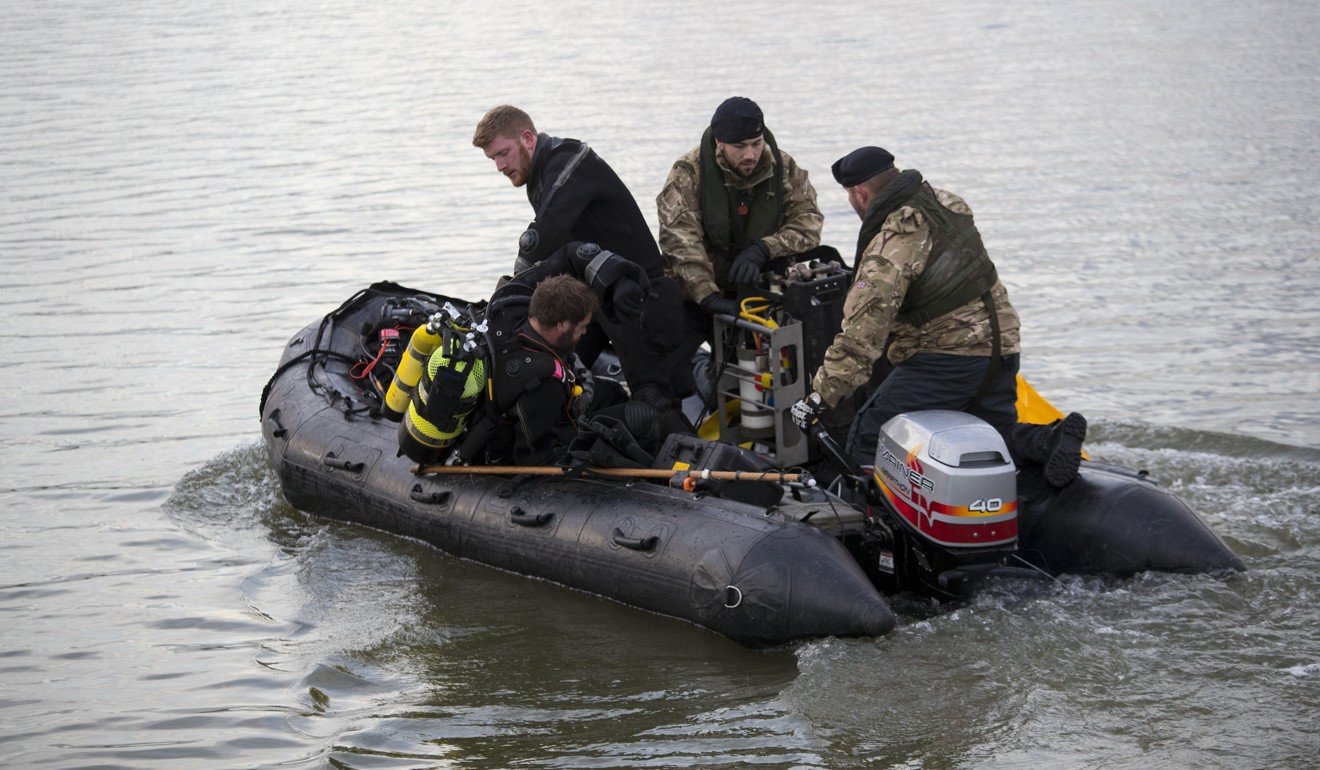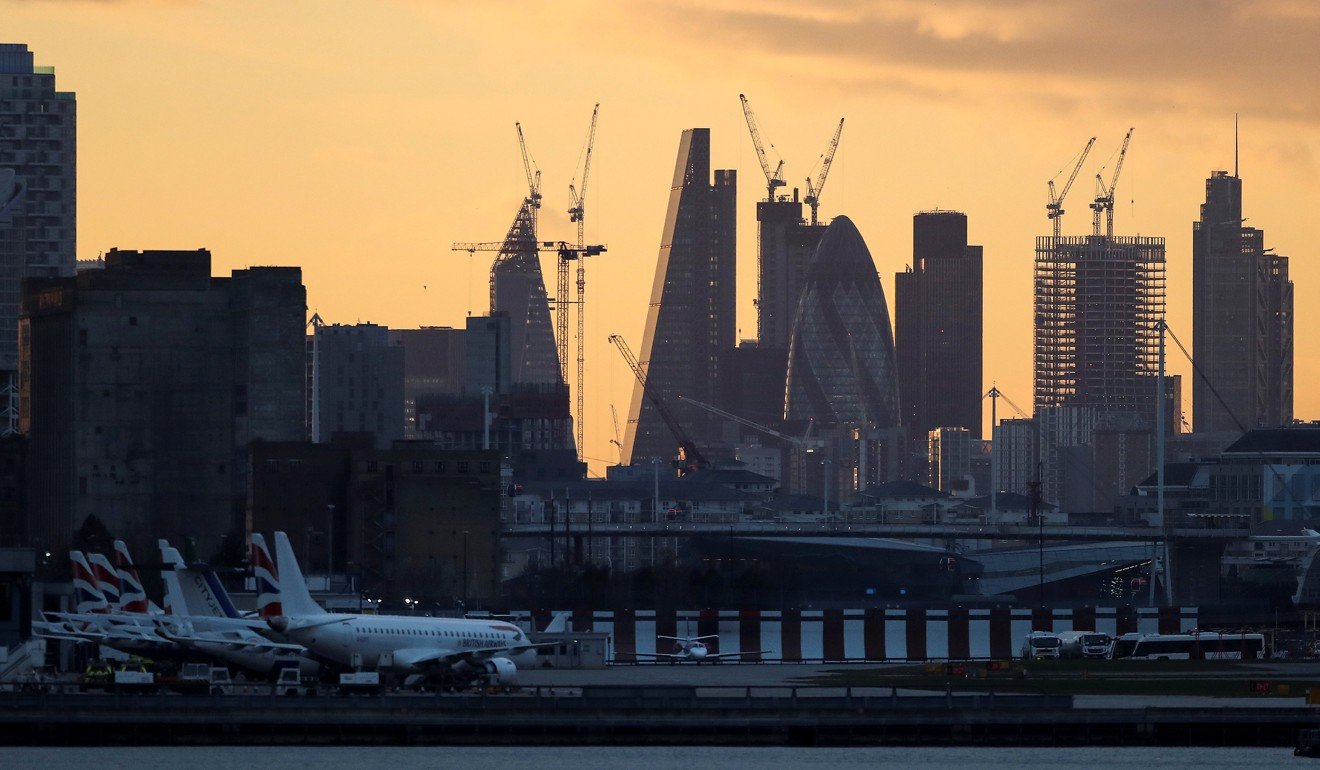
Bomb that closed London City Airport is detonated at sea
The unexploded Nazi bomb that closed London City Airport for more than 24 hours this week after being found during construction work was detonated by the Royal Navy after being towed out to sea.
The device, which weighed 500 kilograms (1,100 pounds) and measured 1.5 metres (5 feet) long, was destroyed in a controlled explosion in the Thames estuary soon after midday on Tuesday, a Ministry of Defence spokeswoman said.

London City, a key hub for travel to the UK capital’s financial district, was forced to close on Sunday after the ordnance was found in the adjoining George V dock.
Police evacuated the area while divers worked to remove the bomb, described as the biggest type most commonly dropped by the Luftwaffe.
The device – known as a tapered-end shell – was successfully removed from 15 metres of water and floated down the Thames to a point off the Essex coast for detonation.
However, a 30-knot wind and two-metre sea swell meant conditions weren’t initially suitable for it to be blown up, according to the Ministry.
More than 20,000 tonnes of explosives fell on London during the German Blitz, killing 40,000 people.

At least 20 per cent of the bombs dropped in a total of 85 raids are thought not to have detonated.
More unexploded devices have been discovered in recent years as intensive building works on projects such as the Crossrail high-capacity railway line disturb ground untouched since the conflict ended 75 years ago.
About 450 German bombs have been found since 2010, or about 60 a year.
London’s East End was a major target for Luftwaffe bombers seeking to put the dock network out of action. London City airport itself is built between former harbour basins.

